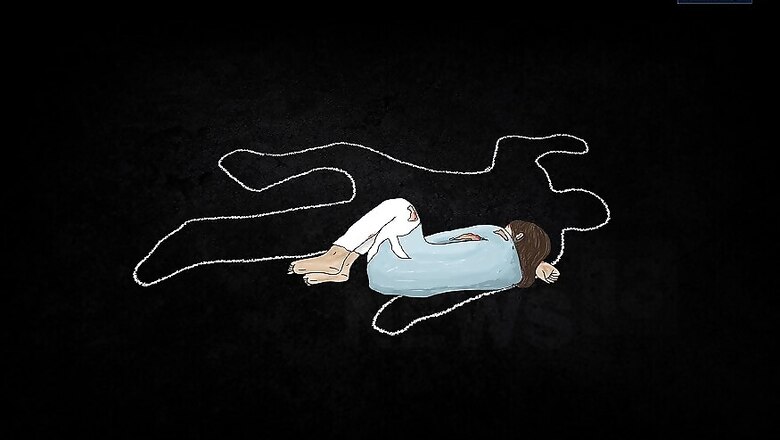
views
New York: The overall homicide rate in India has decreased by 10 per cent over a period of six years till 2015 but the trend increased "noticeably" in some northern states, according to a UN report.
The Global Study on Homicide 2019 published on Monday by the UN Office on Drugs and Crime (UNODC) also found that the number of female homicide victims were more than that of males in India.
Males constitute less than 20 per cent of the total homicide victims in 2016 in India, the UN report revealed.
"In India, the overall homicide rate decreased by 10 per cent over the period 20092015, from 3.8 to 3.4 per 100,000 population. At the same time, the spatial variation in the homicide rate shifted noticeably, with some states in the north registering an increase in the homicide rate, while some large states in the south (e.g. Andhra Pradesh) experienced a decrease," the report said.
The study found that Mumbai, which has a population of over 18 million, has one of the lowest homicide rates -- just 0.9 -- in large metropolises in Asia.
"In South Asia, trends in homicide have been declining steadily, mirroring those in its two most populous countries, India and Pakistan," the study said.
The report attributed dowry-related killings as one of the contributors to more female homicide in India.
"Available data on dowry-related killings from the National Crime Records Bureau indicate that female dowry deaths account for 40 to 50 per cent of all female homicides recorded annually in India, representing a stable trend over the period from 1999 to 2016," it said.
Despite legislation adopted by the Indian Government in 1961 that prohibits the payment of dowry, the practice continues throughout the country and dowry deaths continue to account for a substantial share of all female homicides, the report noted.
Sorcery accusations is also one of the driver behind gender-related killings in the country.
Data from India on homicide resulting from sorcery accusations show that, albeit in small proportions, this phenomenon still exists, the report noted.
"Although the data are not disaggregated by sex, it is likely that women account for a large share of the victims," it said.
The report also found that son preference, which "continues to be deeply embedded in Indian society, can make parents more likely to neglect their female infants and children, "and even to commit infanticide".


















Comments
0 comment